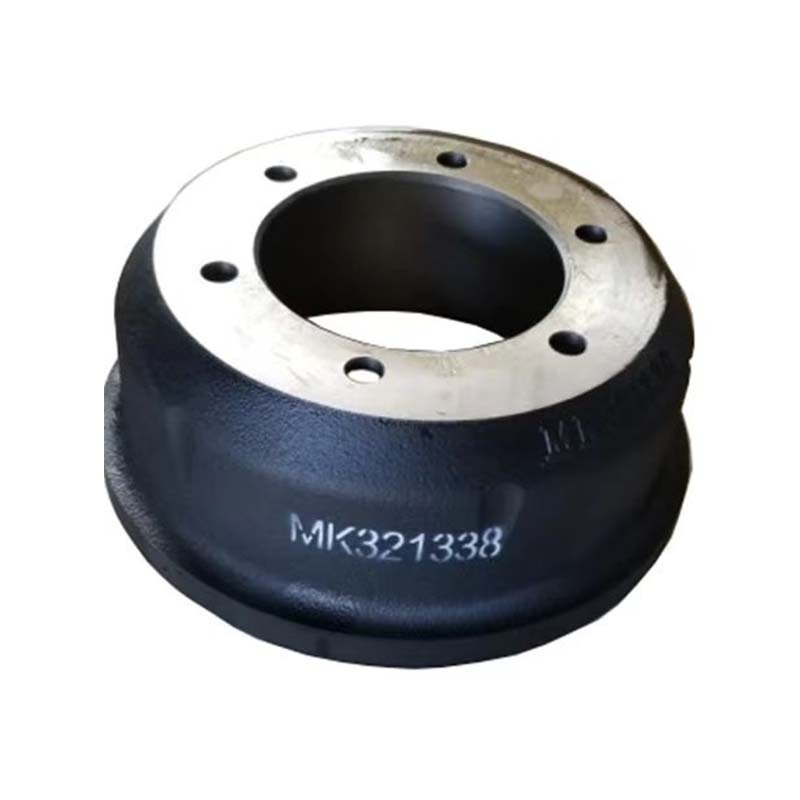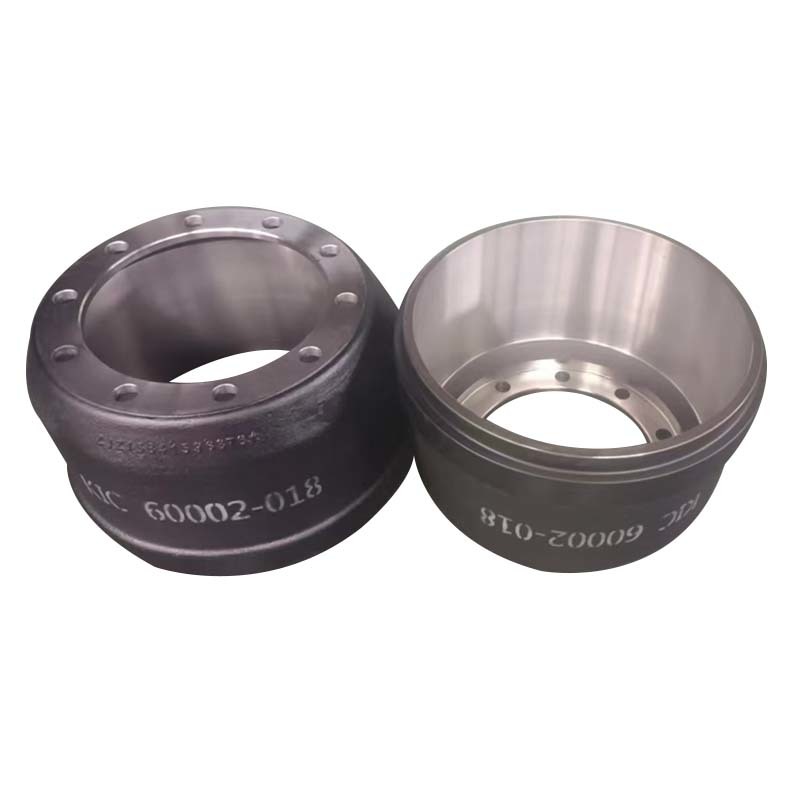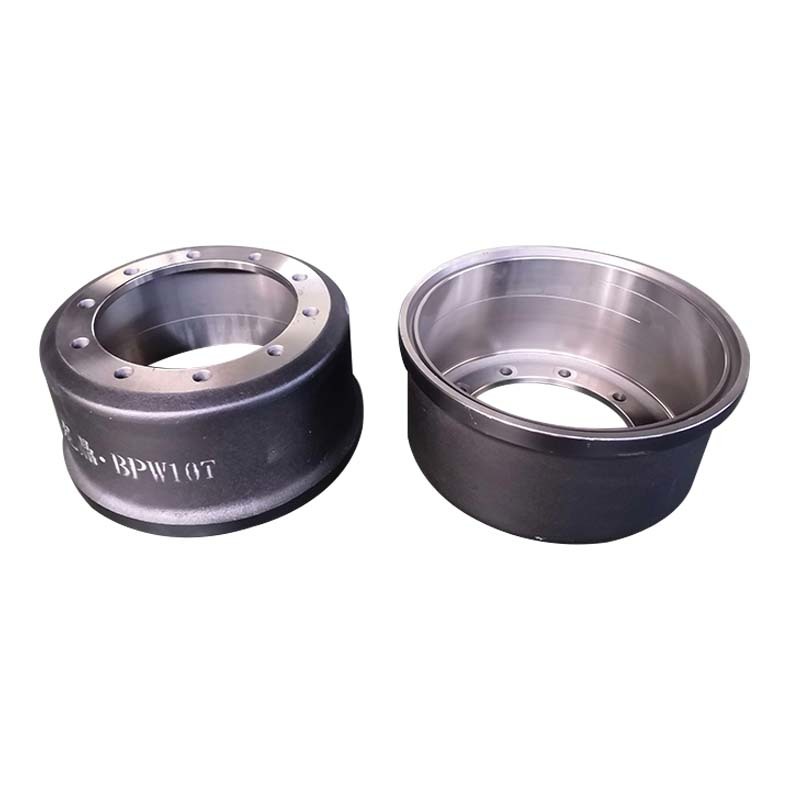Contact Us
E-mail:
Phone/WhatsApp:
Address:
Gucheng Town North Xinzhuang Village West, Longyao County, Xingtai City, Hebei Province
BPW14T Hub
- Commodity name: BPW14T Hub
Product Description
- Product Description
-
The hub axle head is an important safety component in automobiles. Its structure is divided into two categories: flange and non-flange. Its main function is to bear forces and provide accurate and correct guidance for the operation of the wheel rim. It bears both radial and axial loads, making it a very critical component.
As an important part of the vehicle, the hub plays a significant role in supporting the wheels, transmitting power, and reducing vibrations. Therefore, the materials and manufacturing methods of the hub have a significant impact on the vehicle's performance and safety.
Generally speaking, the main materials for hubs include aluminum alloy, steel, and carbon fiber. Different materials can affect the hub's lightweight properties, strength, wear resistance, and heat dissipation. Aluminum alloy hubs are widely used in modern cars due to their lightweight, high strength, and good corrosion resistance. Steel wheels are suitable for some economy vehicles due to their low cost and simple manufacturing process. Carbon fiber hubs are gradually being adopted by high-end vehicles due to their unique strength and lightweight properties.
The manufacturing methods for hubs mainly include casting, forging, forming, and CNC machining. Casting is a commonly used method for manufacturing hubs. Hubs with complex shapes can be produced at a lower cost using casting technology. Forging is a manufacturing method where metal blanks are placed in molds for plastic deformation to form the desired shape. It has excellent mechanical properties and wear resistance. Forming is a manufacturing method that transforms metal blanks into hub shapes through processes such as pressing and stretching, suitable for some special-shaped hubs. CNC machining uses CNC machine tools for precision processing of hubs, ensuring dimensional accuracy and surface quality.
In the manufacturing process of hubs, factors such as hub design, strength calculation, and surface treatment also need to be considered. A reasonable design can provide better strength and durability for the hub when bearing the weight of the vehicle and withstanding road impacts. Strength calculations are necessary to ensure that the hub does not break or deform during use. Surface treatment can enhance the hub's corrosion resistance and aesthetics, typically using methods such as spraying, anodizing, and others.
In summary, the materials and manufacturing methods of hubs have a significant impact on the vehicle's performance and safety. With the development of technology and the trend towards vehicle lightweighting, the materials and manufacturing methods of hubs are continuously innovating and improving to meet the demands for hub quality and performance in vehicles.
Key words:
Get A Quote
Note: Please leave your email address, our professionals will contact you as soon as possible!











